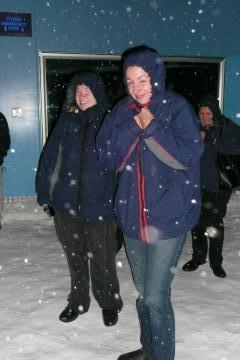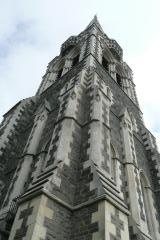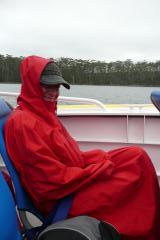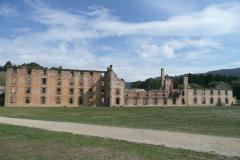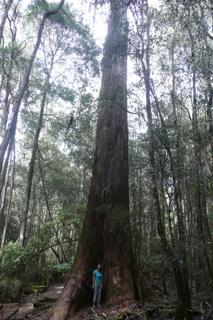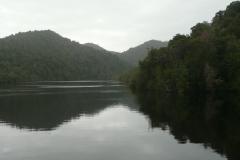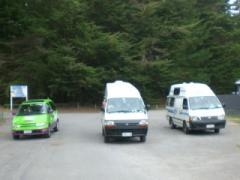
With a mere two hour wait for Mum’s campervan (I reckon they like building the tension, but maybe they’re just slow…), we were off on our journey, with three campervans in a line, holding back the traffic for miles – to be fair it’s only our van that is slow (diesel, automatic and full of water for the loo), but we were at the front.
The amazing thing with driving in New Zealand is that you get places quicker, only because the distances are so short in comparison to Australia. In a few hours, we’d done half of our travel for the next five days, and made it to Kaikoura, site of our fun for the next couple of days.
